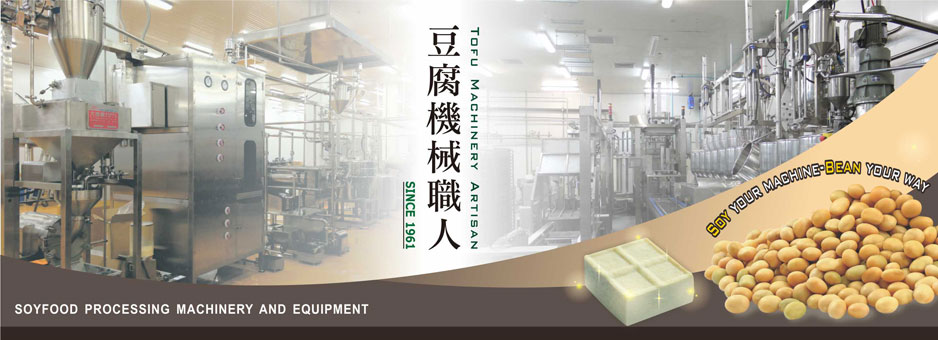【3 Key SDG Sustainability Advantages of Automated Soybean Equipment】
As World Food Day (October 16) approaches, it is important to recognize its close link with the 17 Sustainable Development Goals (SDGs). Most directly, it connects to SDG 2: Zero Hunger, but it also aligns with SDG 1: No Poverty, SDG 12: Responsible Consumption and Production, and SDG 13: Climate Action. The 2025 theme, “Hand in Hand for Diverse Food, United for a Better Future”, reminds us that food security is not just about numbers—it is about the story behind every meal.
Soybeans play a central role in this story. Rich in plant-based protein, with a low carbon footprint, soybeans can be transformed into soy milk, tofu, plant-based meat, and dairy alternatives, reducing dependence on animal protein. Their value lies not only in nutrition but also in enabling sustainable diets. However, if the processing is energy- or water-intensive, costs rise and the principle of sustainability is undermined.
This is where technological innovation becomes crucial. Ta Ti Hsing’s automated soybean food equipment is designed with automation and continuous processing to significantly reduce water and energy consumption, while boosting production capacity and stability. For food manufacturers, this means not only greater efficiency but also a concrete path toward sustainability commitments. Food security is not the responsibility of one nation alone but of the entire supply chain. When advanced equipment is integrated into production, every soybean becomes more than an ingredient—it becomes a force driving food sustainability and market growth. Only through technology and industry collaboration can we realize the vision of “Diverse Food, Sustainable Future.”
.jpg)
FAQ:
1. What are the common challenges in soybean processing for food manufacturers?
In soybean processing, the food industry often faces high energy and water consumption, which increases production costs and environmental impact. For manufacturers aiming to align with ESG initiatives and sustainable development, this is a critical challenge. Ta Ti Hsing has extensive experience in food machinery and understands these pain points, providing solutions that meet the future trends of the industry.
2. How can Ta Ti Hsing’s automated soybean processing equipment address these challenges?
Ta Ti Hsing’s automated soybean food processing equipment significantly reduces energy and water usage while ensuring stable output and consistent product quality. Designed with digitalization and intelligent automation, the equipment helps food manufacturers achieve both cost control and sustainability goals, creating competitive production lines. With its brand philosophy of “Technology Upgrade, Green Processing,” Ta Ti Hsing is a trusted strategic partner for the food industry.
3. How is World Food Day connected to the Sustainable Development Goals (SDGs)?
World Food Day directly supports SDG 2 Zero Hunger and is also related to SDG 1 No Poverty, SDG 12 Responsible Consumption and Production, and SDG 13 Climate Action.





